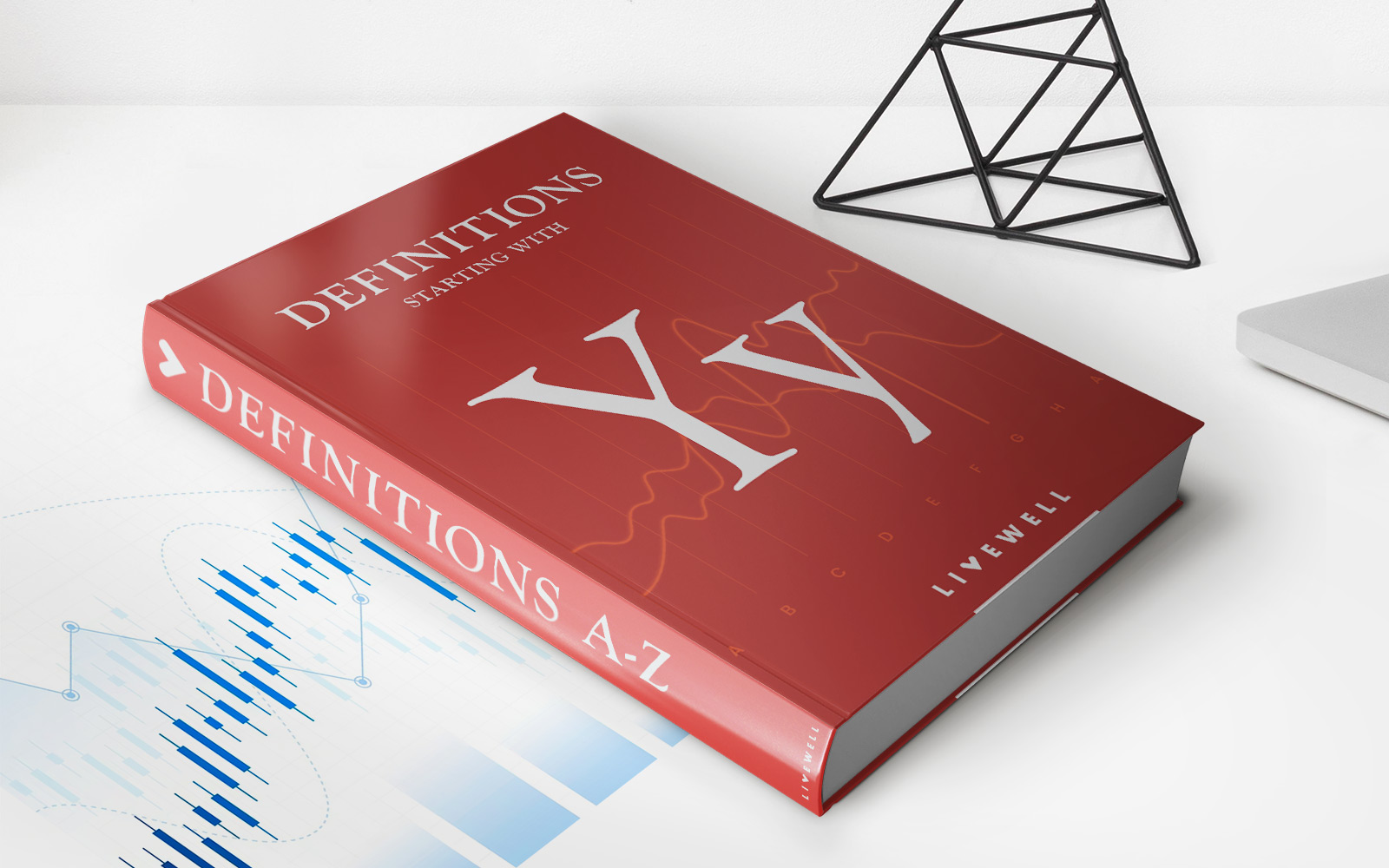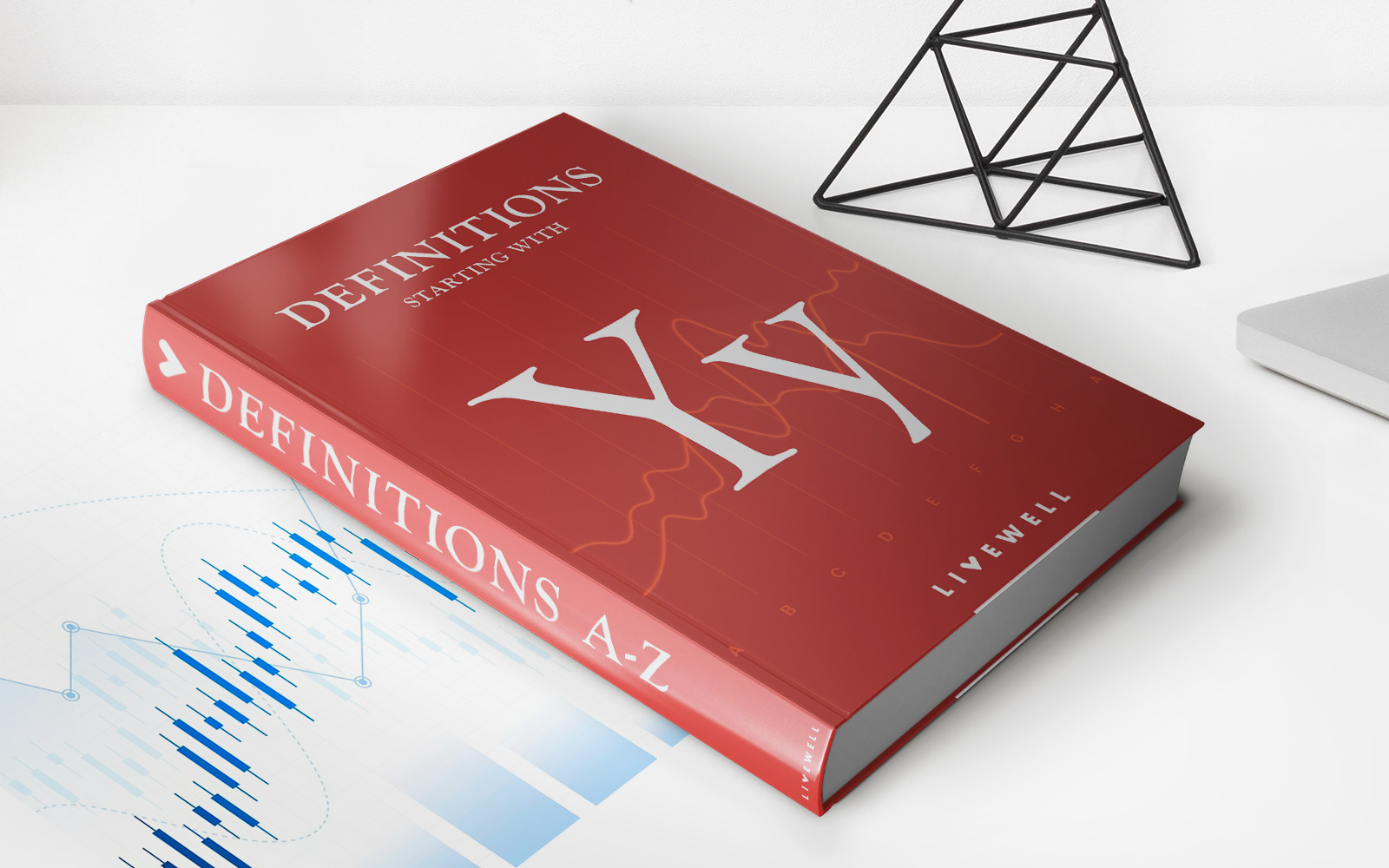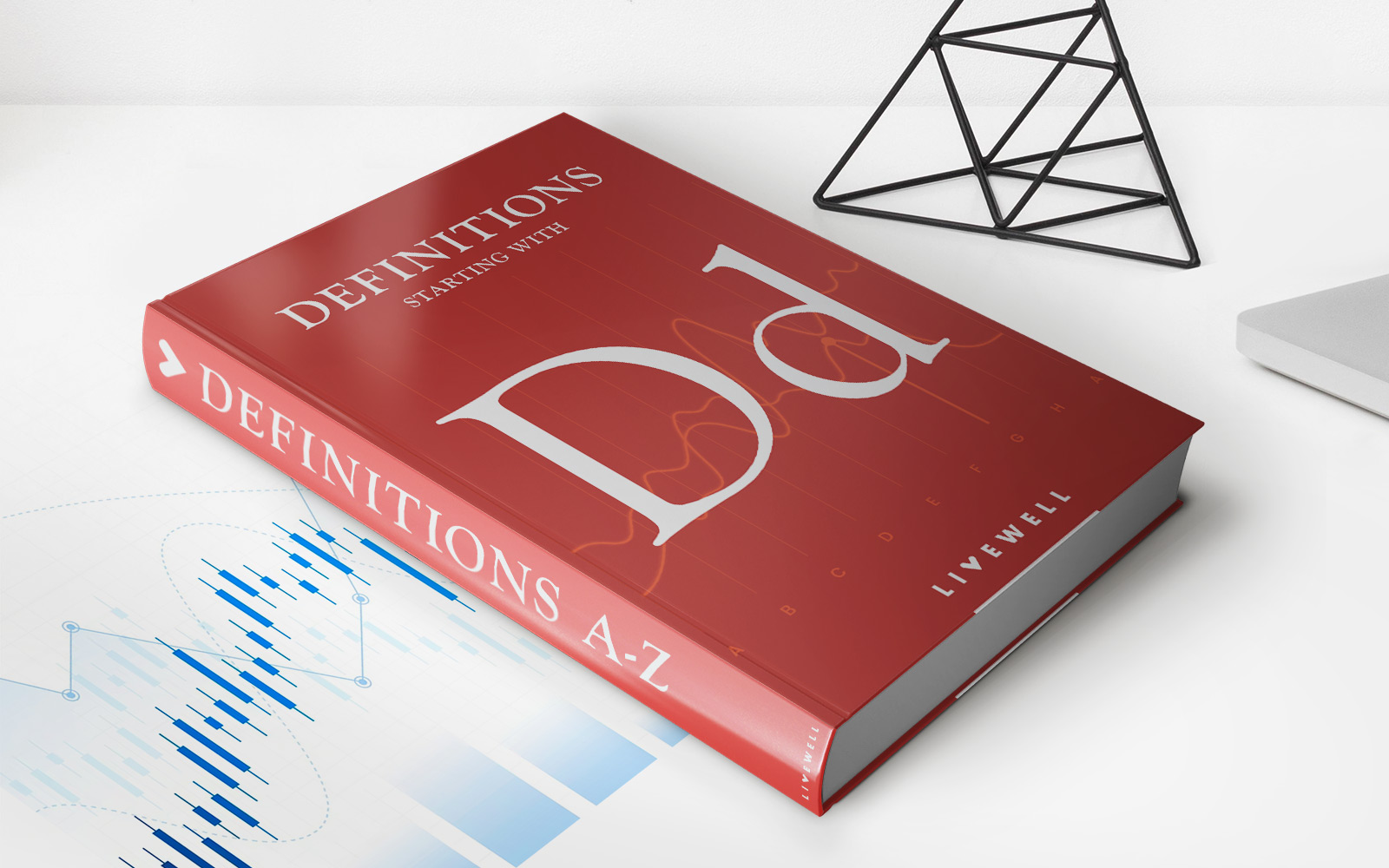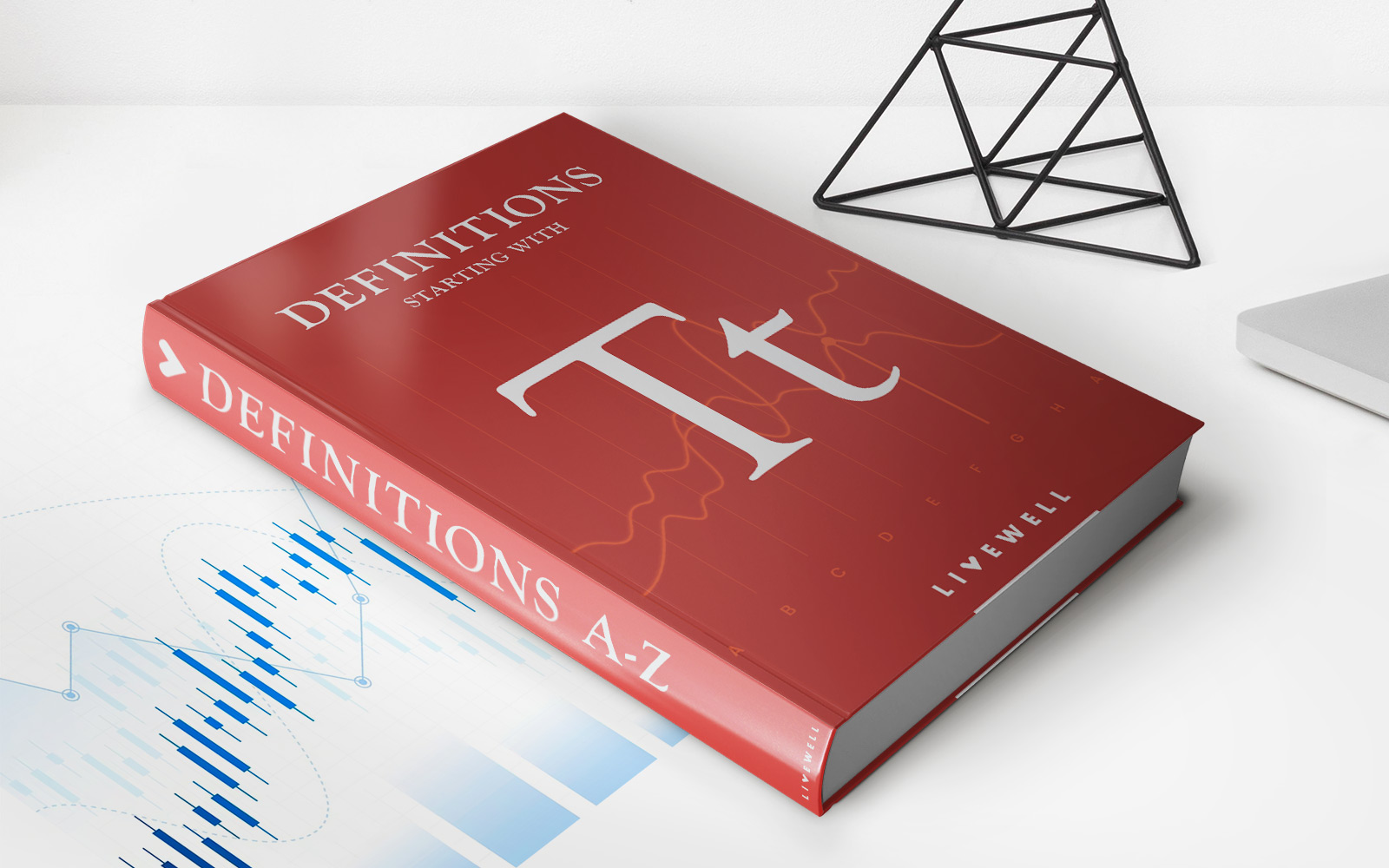Home>Finance>Indexed Annuity: Definition, How It Works, Yields, And Caps


Finance
Indexed Annuity: Definition, How It Works, Yields, And Caps
Published: December 8, 2023
Learn the definition of indexed annuity, how it works, and its yields and caps. Discover the finance behind this investment option.
(Many of the links in this article redirect to a specific reviewed product. Your purchase of these products through affiliate links helps to generate commission for LiveWell, at no extra cost. Learn more)
Indexed Annuity: Definition, How It Works, Yields, and Caps
Welcome to our Finance category, where we dive deep into various financial topics to help you make informed decisions and gain a better understanding of different investment options. In this blog post, we will be focusing on indexed annuities, a popular investment product that has gained traction in recent years. If you’re curious about what indexed annuities are, how they work, their potential yields, and the caps associated with them, you’re in the right place!
Key Takeaways:
- Indexed annuities offer a combination of market-linked returns with downside protection.
- They are a form of long-term contract with insurance companies that provide a stream of income during retirement.
So, let’s dive right in and explore what indexed annuities are all about.
Indexed Annuity: What is it?
An indexed annuity is a type of investment vehicle that offers individuals the opportunity to earn a return on their investment based on the performance of an underlying index, such as the S&P 500. However, unlike directly investing in the stock market, indexed annuities provide downside protection, guaranteeing a minimum return even if the index performs poorly.
Think of an indexed annuity as a hybrid product that combines the features of a fixed annuity and a variable annuity. It provides the potential for higher returns than a fixed annuity, while also minimizing the downside risk associated with a variable annuity.
How Does an Indexed Annuity Work?
Indexed annuities work by using a participation rate or a spread/margin to calculate the earnings credited to your investment. Here’s an overview of the process:
- You invest a specified amount in an indexed annuity.
- The insurance company offering the annuity calculates the return based on the performance of the chosen index.
- The earnings are then credited to your annuity’s account value, subject to certain restrictions such as caps, participation rates, or spreads.
- Over time, your investment grows based on the performance of the index, up to the limits specified by the annuity contract.
Yields and Caps
Yields from indexed annuities can vary depending on various factors, including the performance of the underlying index and the terms of the annuity contract. Unlike direct investments in the stock market, indexed annuities usually have a cap on potential annual returns. The cap is the maximum percentage increase in the index that will be credited to your account. For example, if an indexed annuity has a cap of 6%, and the index it tracks increases by 8%, your annuity will only be credited with the maximum cap of 6%.
It’s important to carefully review the annuity contract to understand the yield potential and any associated caps or limitations. Working with a trusted financial advisor can help ensure you choose an indexed annuity that aligns with your investment goals and risk tolerance.
In Conclusion
Indexed annuities can be a valuable addition to your retirement portfolio. They provide a unique combination of potential market-linked returns and downside protection, offering a middle ground between fixed and variable annuities. However, it’s crucial to thoroughly understand the features, terms, and limitations of indexed annuities before making a decision.
If you are considering indexed annuities as part of your retirement strategy, make sure to do your due diligence, consult with a financial advisor, and carefully evaluate the terms and conditions of the annuity contract. Remember, knowledge is power when it comes to making informed financial decisions.
Thank you for joining us in exploring the world of indexed annuities. We hope this blog post has helped shed some light on this fascinating financial product!














